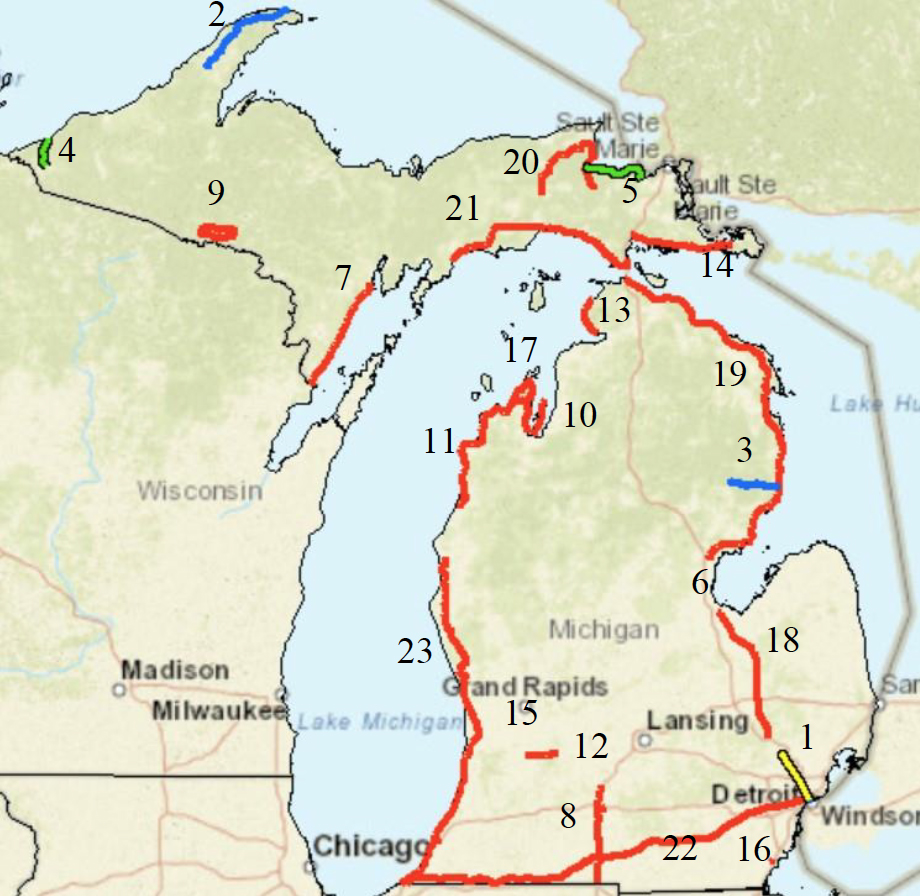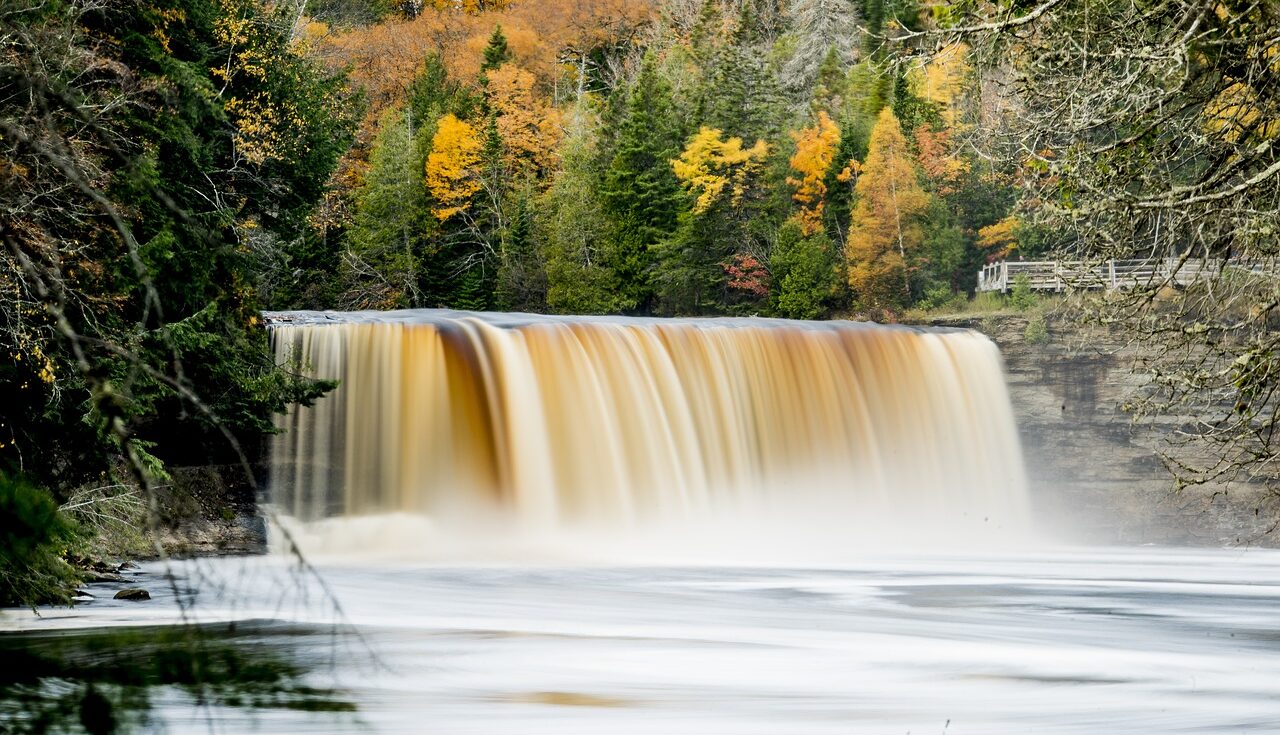Get the printable version
Each two-page document includes information about the state’s scenic byways program, in addition to a listitng and map of all state and national scenic byways within its borders.
Michigan's Scenic Byways
Michigan’s 23 scenic byways showcase the state’s character by highlighting luscious forests, historical landmarks, and the renowned Great Lakes. For example, the 116-mile-long M-22 Byway borders Lake Michigan and offers a range of activities for tourists, including concerts in the park, fishing, boating, and beach access. In addition, Monroe Street spans two miles and highlights historical sites like the Monroe Country Historical Museum, the River Raisin National Battlefield Park, and the Governor Robert McClelland House.
Key Points
- Michigan is home to 23 scenic byways, including three national scenic byways and 20 state and federal agency scenic byways.
- Visitors to Michigan spent $26.3 billion in 2019, generating $2.9 billion in state and local taxes; tourism is one of Michigan’s leading industries.
- The National Park Service estimates that park visitors spent around $267 million in local gateway regions, supporting over 3,000 jobs and $126 million in labor income.
Michigan Byways

Map Key:
- All-American Roads
- National Scenic Byways
- Federal Agency Byways
- State Scenic Byways
All-American Roads
National Scenic Byways
Federal Agency Byways
State Scenic Byways

Byways Provide Access to Public Lands
Michigan byways provide access to the state’s most spectacular public lands, including one national park, 103 state parks, four Great Lakes, one national scenic trail, two national lakeshores, and one national battlefield.
About the National Scenic Byways Program
The National Scenic Byways Program, established by Congress in 1991, recognizes historic, scenic, and culturally important roads, all of which promote economic development and tourism in communities around the U.S. There are more than 1,200 byways in all 50 states.
All scenic byways exhibit one or more of six core intrinsic qualities — scenic, historic, recreational, cultural, archaeological, or natural. For a road to be named a national scenic byway, it must first be designated a state, tribal, or federal agency scenic byway. Once achieving that, a road may apply for national scenic byway designation, but its intrinsic quality must be of regional significance. All-American Roads are the very best of the national scenic byways, demonstrating at least two intrinsic qualities of national significance.